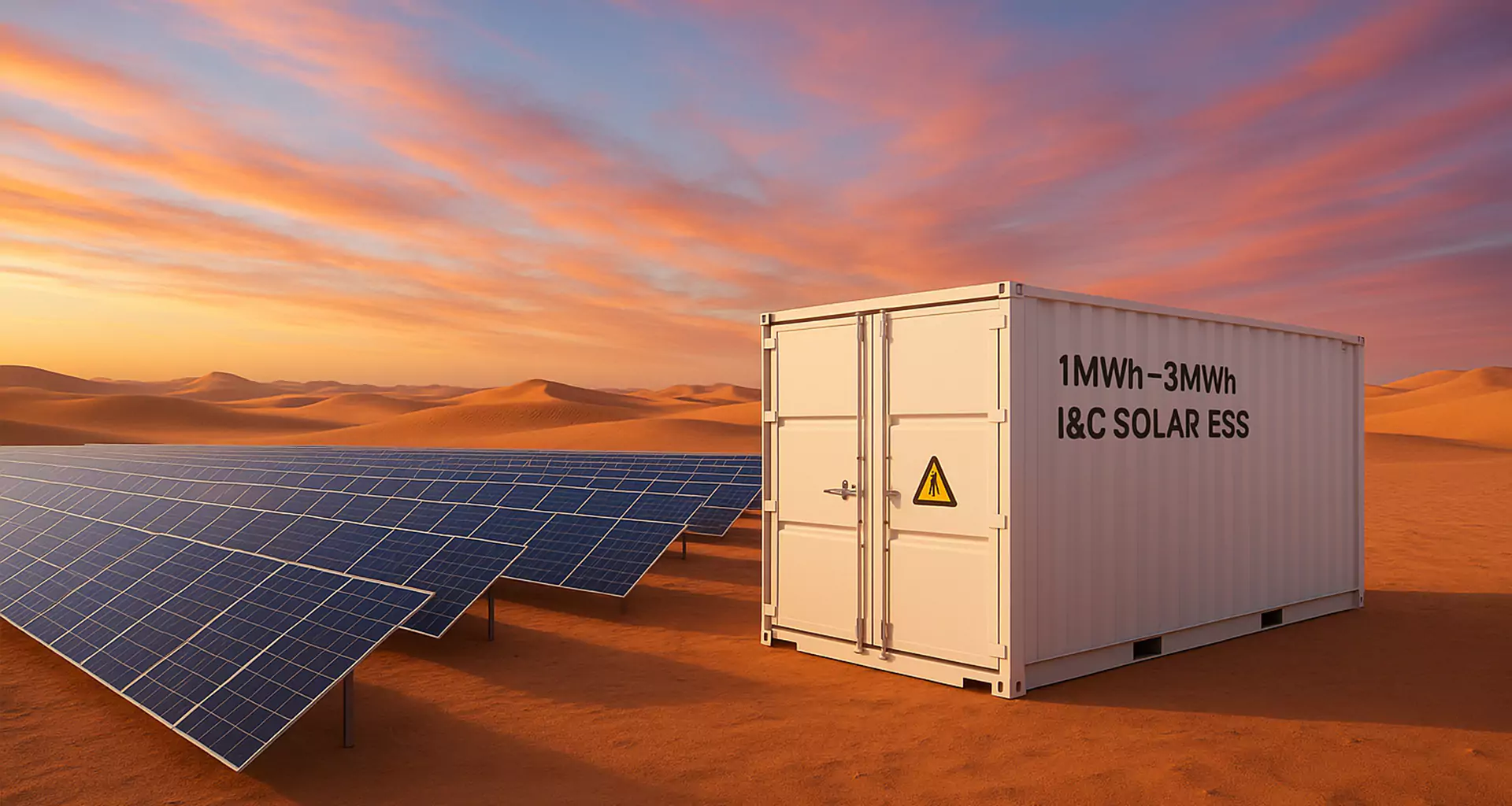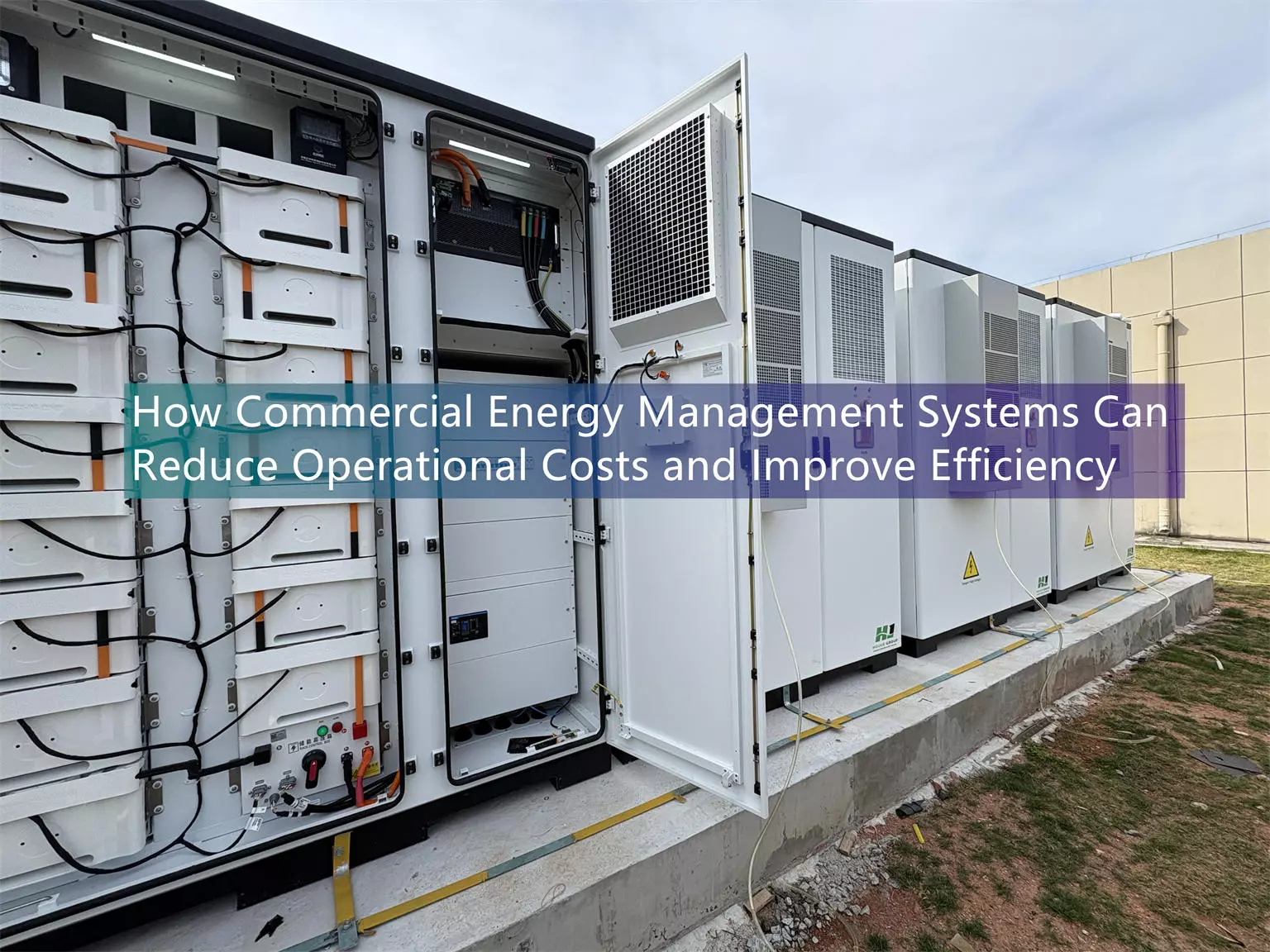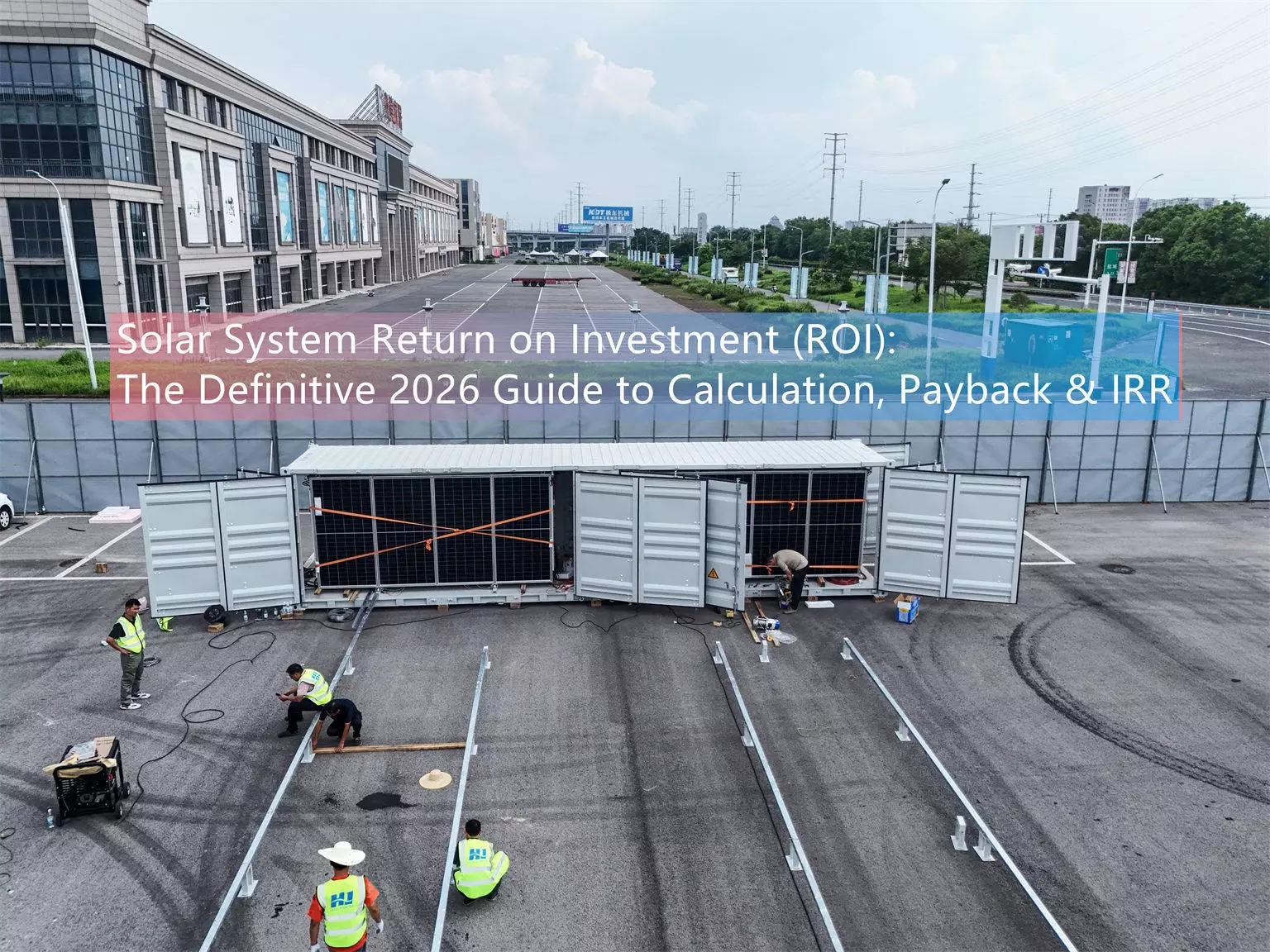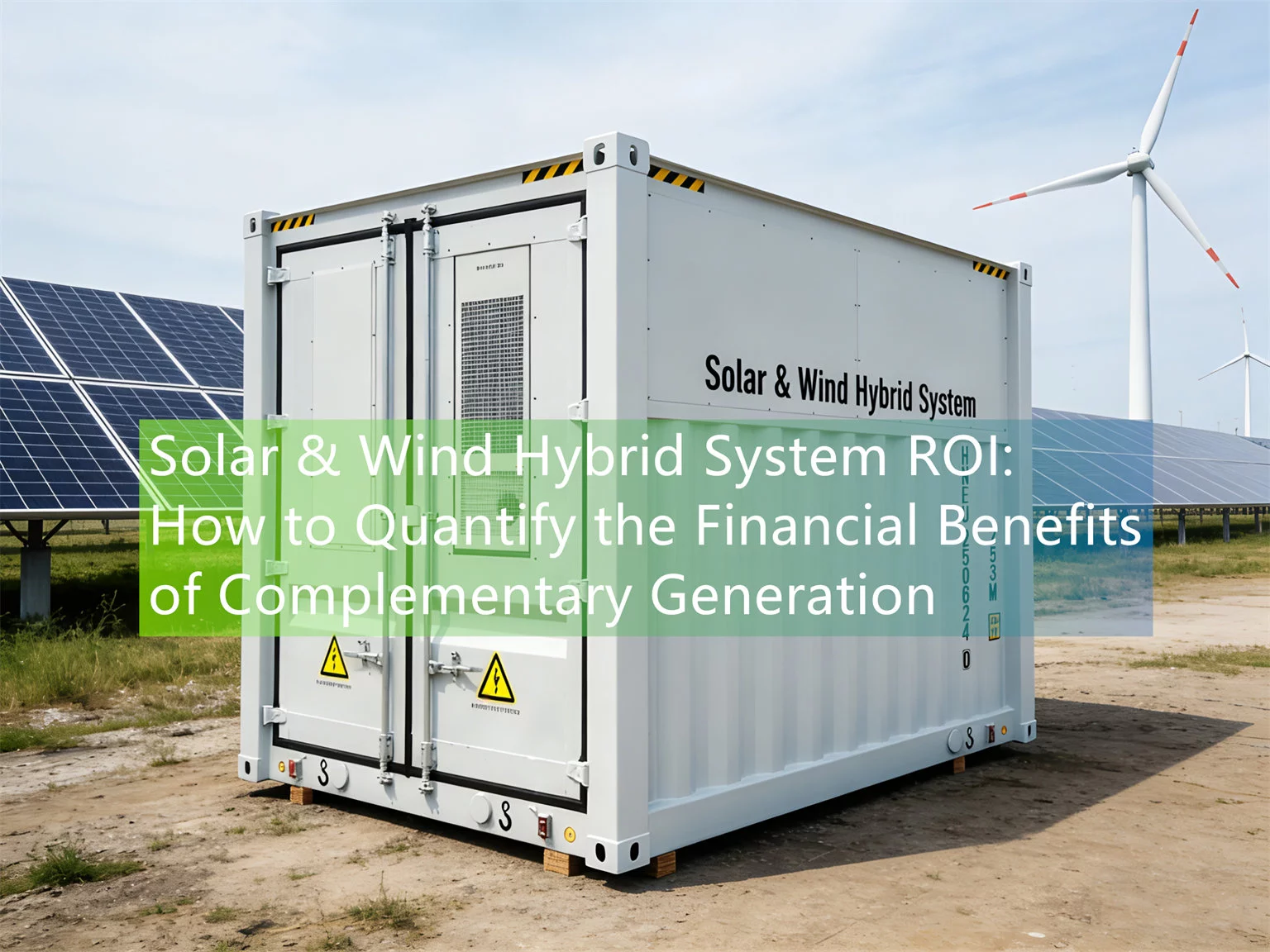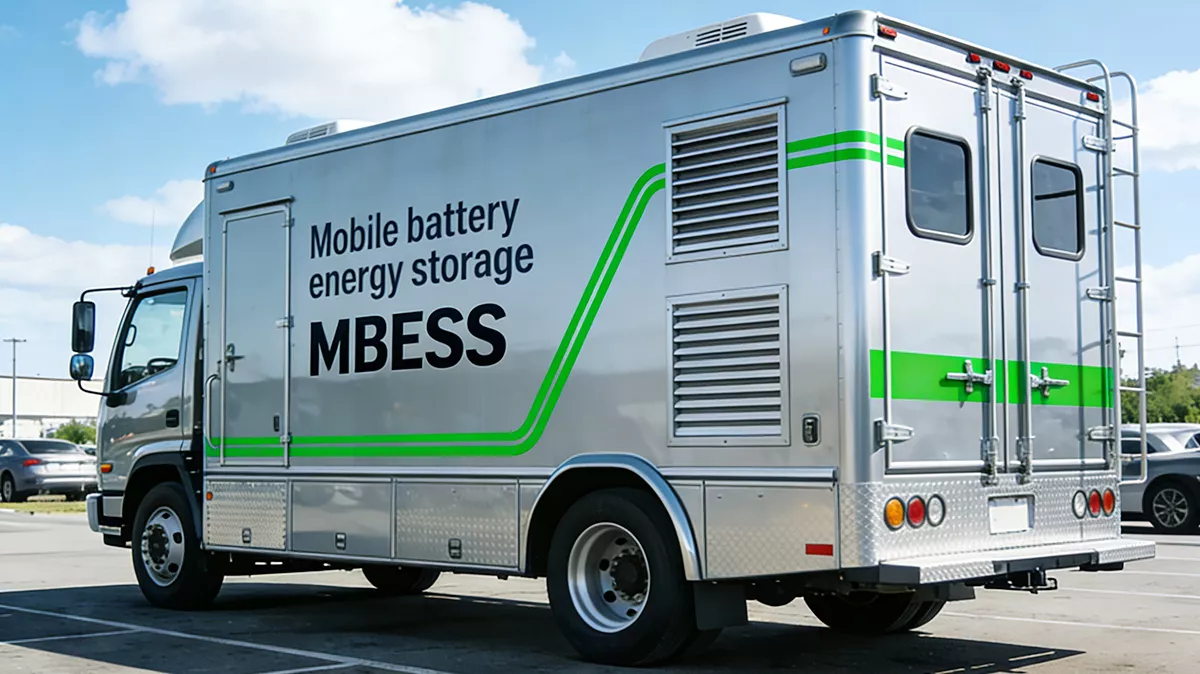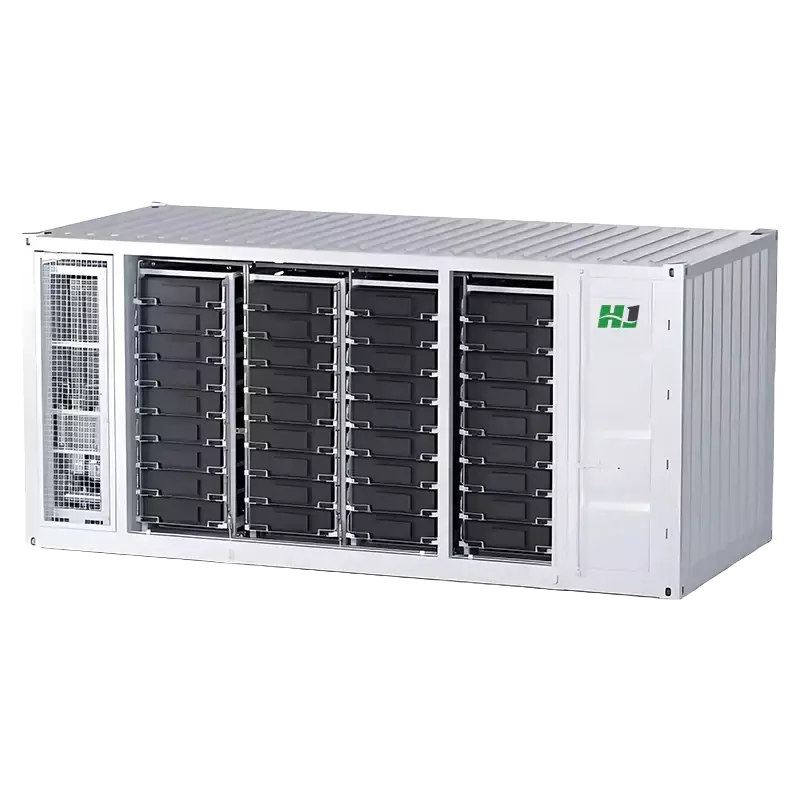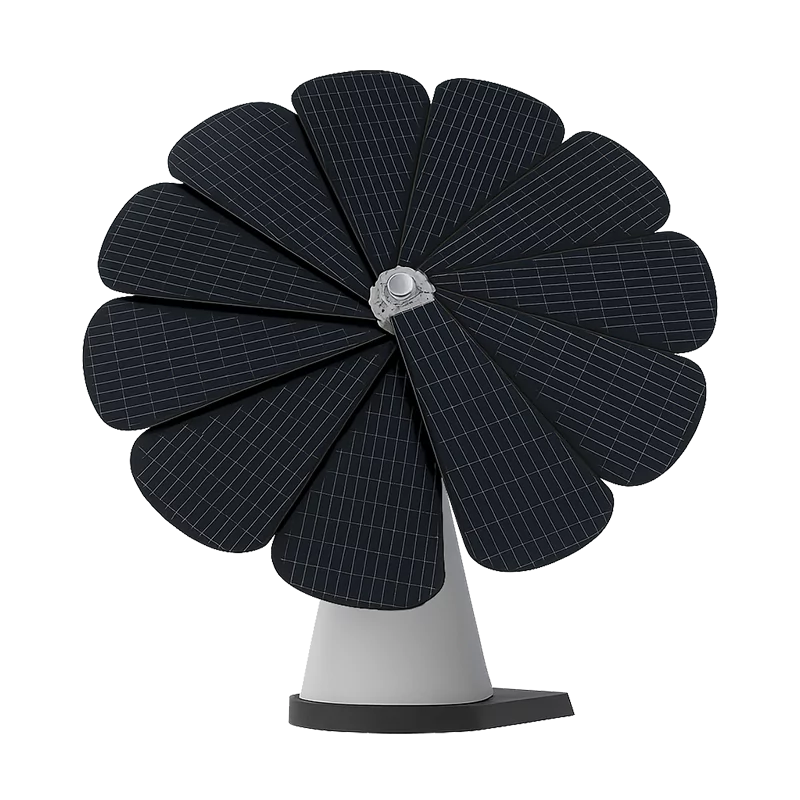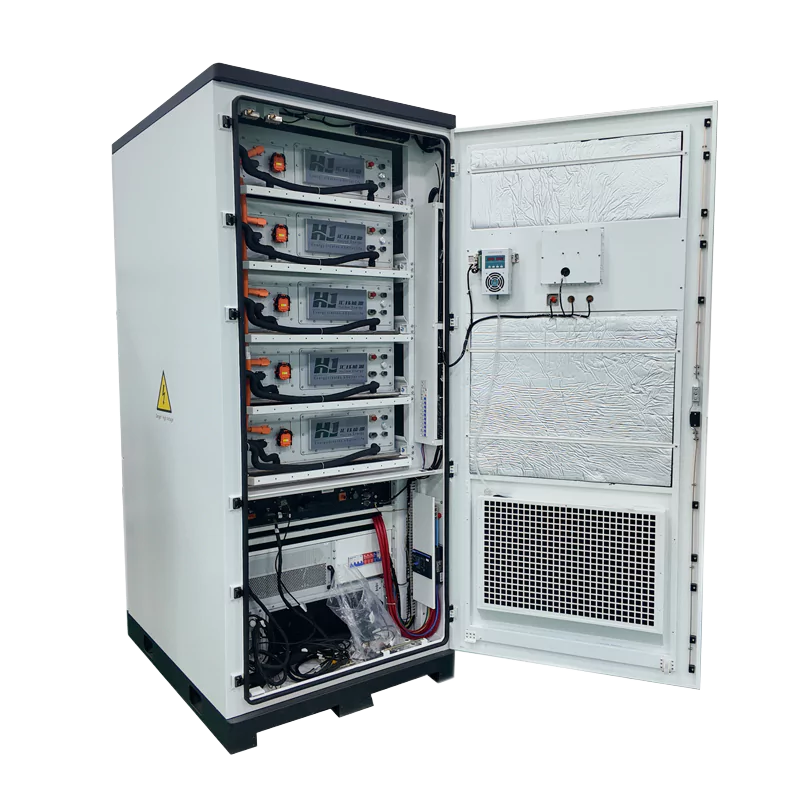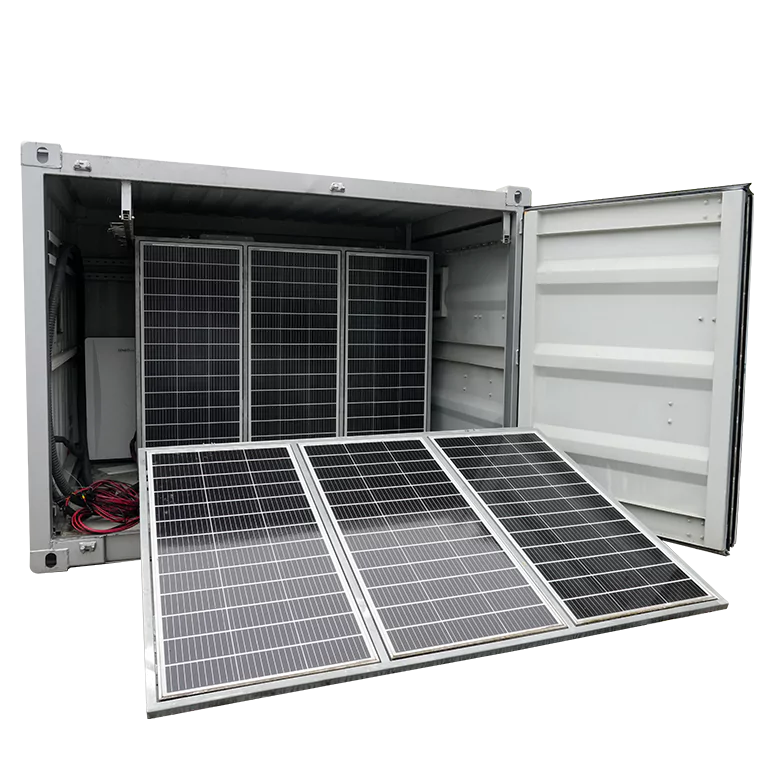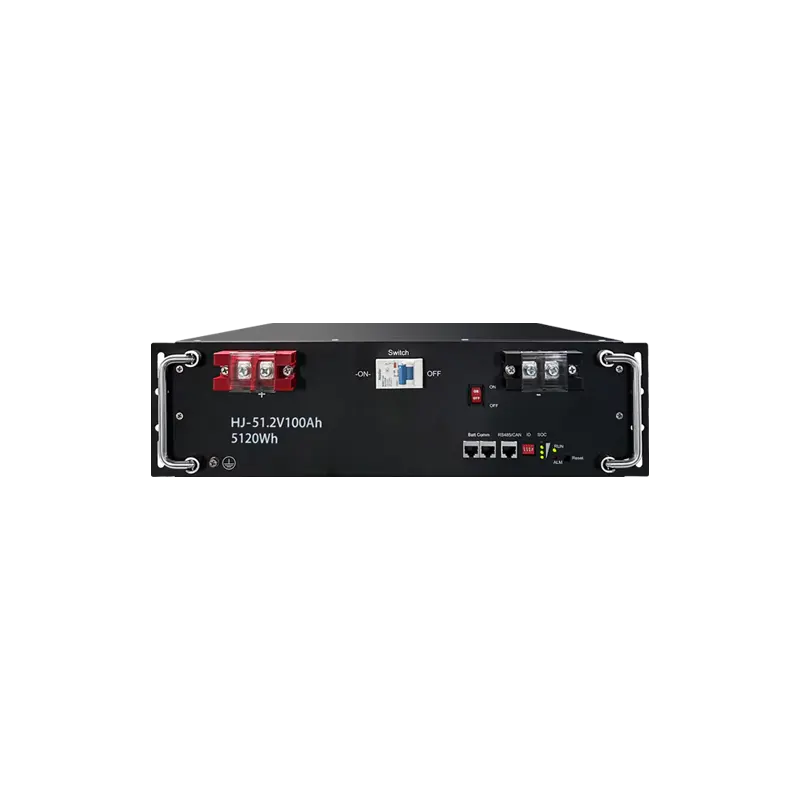Who Killed the First Viral Electric Car?
To answer that, we’ve got to rewind to California in the 1990s. Back then, the air quality was terrible, and the world was in the middle of an oil crisis. The California government snapped and basically told automakers:
“By 2003, at least 10% of your cars must be fully electric, zero-emission. Fail, and you can’t sell cars here.”
This became the famous Zero Emission Vehicle (ZEV) Mandate.
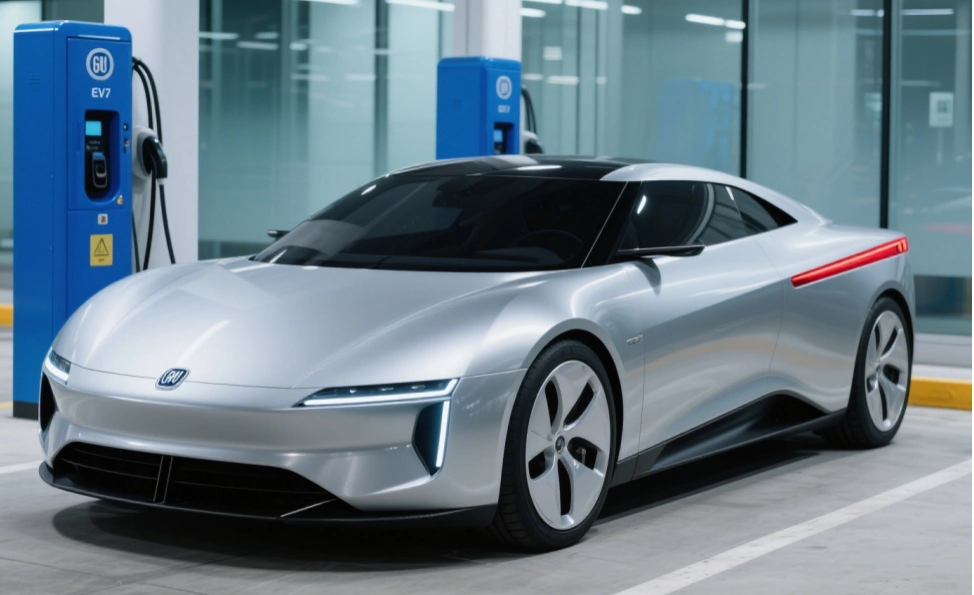
GM jumped on the opportunity, thinking, “EVs might be the future!” They poured $1 billion into developing the EV1. This car was a game-changer: no gas smell, sports-car-level acceleration, and a 144 km range — insane for the time. It became a tech-world darling, with celebrities lining up to drive it.
But the party didn’t last. In 2001, George W. Bush became president. The Bush family had close ties with oil giants. Oil companies saw the EV wave coming and panicked: “If this takes off, who’s going to buy our oil?” They lobbied hard, and the ZEV Mandate was gutted.
Without that policy safety net, GM did a complete U-turn. In 2003, they disbanded the EV1 team, recalled every leased and sold EV1, and crushed them. Heartbroken fans could only watch. Politics and big oil teamed up to strangle the first wave of EVs in its crib.
The Phoenix Rises: Birth of Tesla and BYD
But the story didn’t end there. Two diehard EV1 fans, furious at seeing their cars destroyed, decided, “Fine, if you won’t do it, we will.” They started a company called Tesla in 2003. That same year, a small battery maker in Shenzhen, BYD, announced it was going all-in on new energy vehicles.
China’s Battery Revolution: From Copycat to Global Leader
In the early ’90s, China was still a bike kingdom. Engine tech? Controlled by foreign automakers. Even big phone batteries were imported from Japan, costing a fortune. Then, Chinese scientist Qian Xuesen — a “Two Bombs, One Satellite” national hero — wrote to the government saying:
“Don’t just chase foreign gas cars. Skip straight to new energy vehicles. By 2020, environmental pressure will force China down this road.”
Looking back, his prediction was scary accurate.
At the time, the best lithium battery tech was in the hands of the U.S. and Japan. The Japanese locked down the industry with a minefield of patents. Anyone wanting to make lithium batteries had to pay them “toll fees.” China was stuck at the bottom of the value chain, doing low-profit assembly work.
Then came two disruptors:
Wang Chuanfu (BYD) – In 1994, at 28, he jumped into battery making with no tech, no equipment, and no money. He couldn’t even afford a clean room, so he improvised: built a simple clean cabinet with glove holes for workers to operate inside. It cost a fraction of imported gear — and it worked. By 2000, BYD was supplying phone batteries to Motorola and Nokia.
Robin Zeng (CATL) – He spent $1 million buying a U.S. polymer battery patent, only to find it was useless — the batteries swelled when charged. Nearly broke, his team fixed the problem in just two weeks, something even global giants couldn’t crack. In 2003, they became Apple’s go-to battery supplier for iPods.
The Chinese government also played the long game, making lithium batteries a national priority in 2001. During the 2008 Beijing Olympics, buses powered by Chinese batteries ran flawlessly — proving the tech was world-class.
Zeng later founded CATL, focusing on high-energy-density NCM batteries, while Wang doubled down on safe LFP chemistry, creating the game-changing Blade Battery. Different paths, same result: global dominance.
The Lithium Resource War: Snake Swallows Elephant
Making batteries was one thing; securing lithium was another. In 2012, U.S. giant Albemarle tried to buy Talison, a supplier controlling 31% of global lithium, and China depended on it for 80% of imports. If Albemarle succeeded, they could squeeze China at will.
Enter Tianqi Lithium. The company’s total assets were just ¥1.5 billion, but they moved fast: set up a shell company in Australia, quietly bought 19.99% of Talison (just under the disclosure threshold), and blocked the U.S. takeover.
With backing from China’s “national team” investors, Tianqi outbid Albemarle by 20% and bought Talison outright. It was a narrow win but secured China’s say in the lithium supply chain.
The Payoff: From Underdog to World Leader
- EVs – Since 2015, China has been the world’s top producer and seller for 10 years straight.
- Batteries – CATL holds over 35% global market share and builds plants in Europe. BYD dominates China’s EV sales with its own Blade Battery.
- Energy storage – China leads the world in new storage capacity for three consecutive years. Its systems power deserts in the Middle East, villages in Africa, and rooftops in Europe and America.
The Verdict
Looking back: California’s policy reversal and oil industry pressure killed the EV1. But the real killer was short-term greed and monopoly arrogance.
China’s rise came from:
- Fearless innovators – Wang’s scrappy cleanroom, Zeng’s two-week fix, Tianqi’s resource coup.
- National strategy – Early prioritization, real-world trials like the Olympics.
- Tech obsession – Breaking patent walls, mastering materials, securing supply.
Qian Xuesen’s 30-year-old prophecy came true. China skipped the gas-car era and took the lead in the EV age. Those who kill technology will eventually be replaced by it; those who try to choke supply will be defeated by innovation and grit.
This is China’s “Avengers” story in the new energy world.
Find Your Solar + Battery Storage Specialist Now!
* Fill out this form and our experts will help you find the perfect solar storage solution for your home or business.


